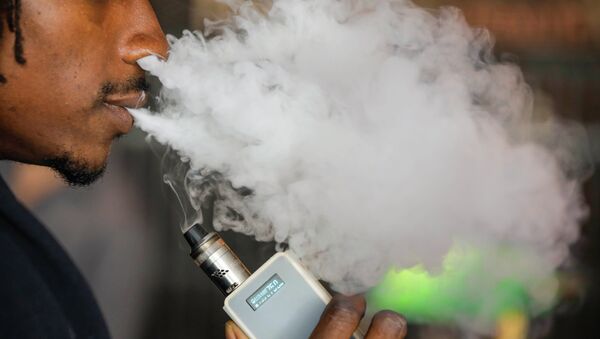The battery-operated smoking devices produce aerosol by heating liquid nicotine, propylene glycol, water, glycerin and flavor to imitate the sensation of smoking a real cigarette. Tests have revealed the presence of toxic chemicals in the e-cigarettes, though manufacturers claim the aerosol only consists of water vapor.
"E-cigarettes are just a mechanism to deliver nicotine in an attractive format," Bhavna B. Mukhopadhyay, chief executive of the Voluntary Health Association of India, stated. "They are being marketed as a harm-reduction product, which is contrary to the truth. Youngsters are being lured as it is easily available in different flavors. People should not get lured because e-cigarettes too are harmful."
The necessary provisions to ban e-cigarettes in India are absent under the Cigarettes and Other Tobacco Products Act (COTPA), however. A senior health official told Times of India that "COTPA does not have a provision to ban, and therefore we are faced with the challenge of finding a strong provision. We are convinced about the harmful effects of e-cigarette but if we do not back it up with a strong provision under the law, then it will fall flat in the courts."
The main component of e-cigarettes, liquid nicotine, is not recorded as a drug in India, and thus cannot be prohibited under the Drugs and Cosmetics Act of 1940. To institute the ban, the Indian Health Ministry must evaluate other laws such as the Food Safety and Standards Regulation, 2011.


